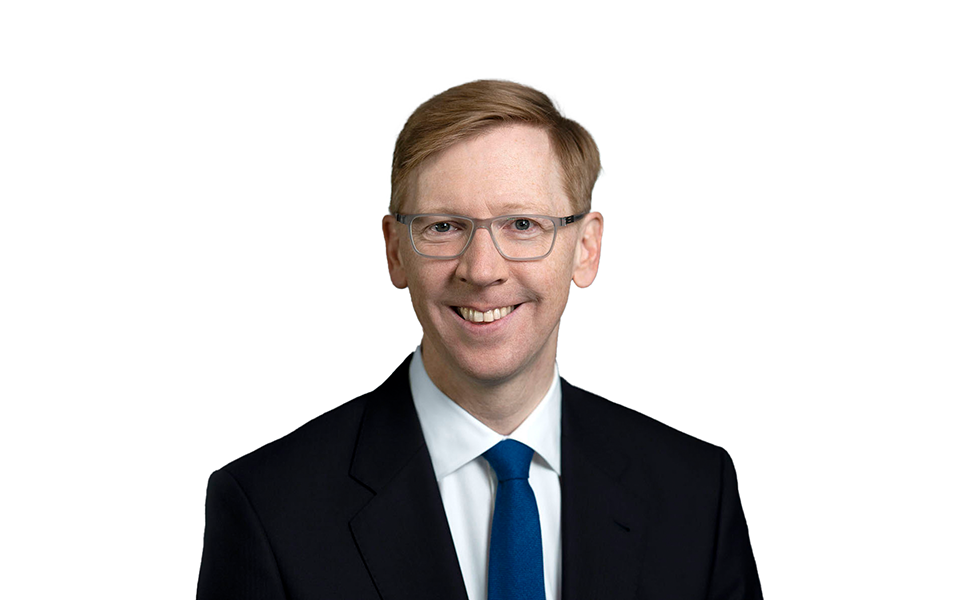Reinsurance pricing, capacity retentions
We caught up with Allianz Re’s Mr Holger Tewes-Kampelmann to talks about growth opportunities and the year ahead.
By Paul McNamara

We spoke to Allianz Re chief executive officer Holger Tewes-Kampelmann on the sidelines of the annual reinsurance get together in Monte Carlo about how the business is growing and where further opportunities might be found.
China
Allianz Re has significant exposure to the China market.
“We have quite a sizable business in China and we like that it’s a core part of our business,” said Mr TewesKampelmann. “The growth has been smaller than expected, but growth is not our primary concern. The margin has been good - or okay - definitely not great. But while we see some need for further strengthening, we think that we end up at an acceptable level.”
Most metrics indicate that China’s economy has been struggling post pandemic.
“Therefore, in China growth is lower than anticipated,” said Mr TewesKampelmann. “You had a little less economic activity, so that helped a little bit on the loss ratio side. In some European market, with the reopening, you saw some inflation surge which also led to some deterioration of the loss ratios.
“We haven’t seen that in China, so therefore, from a margin perspective, China has been in line with expectation. Nevertheless, if you look at the overall margins in China, given that some of the other markets have improved quite a bit, there’s a bit of a gap.”
But China will remain important for Allianz Re. “Overall, we are a material player in China and we will continue to be there,” he said.
Growth markets in three pillars
Mr Tewes-Kampelmann analyses each market on a standalone basis.
“Currently we find India most attractive with the dynamics in the economy and everything,” he said.
“Our share of the Indian market from our portfolio perspective has been a little bit lower. In our portfolio, one significant pillar is China, one is Japan and we want to build up our Indian business to be a third pillar.
“We have made progress on that and we will continue. Maybe Indian business will grow a little bit over proportionally for us in order to improve the overall balance of the market and also reflect what we think is the relative attractiveness of the different markets. The government is also focused on the protection gap, so I think the Indian market is really quite attractive. For the Indian economy, we are rather bullish. India is really on a good path,” he said.
Pricing, capacity, retentions prospects
Mr Tewes-Kampelmann is approaching the 1/1 with a profound sense of realism. “It depends a little bit by market,” he said. “We have to wait for some things to develop – like the CAT season in Japan and things like that. To some extent it’s too early to say, but overall, it’s one thing to look at the actual performance of the contract but in comparison to some of the global trends, on the pricing side, on the margin side, there is a little bit of a gap to be filled.
“Retentions sometimes have still to be looked at because what we see globally, in Europe, we have seen quite a bit of change. These climate-change-driven midsize, but still severe losses, we see more of these and that is a big burden for reinsurers if the retentions are too low. There’s quite a push, which started last year, to increase retention in the developed world and that is something that I think will also spill over, but it might take a bit of time until it comes through in the local (APAC) portfolios,” said Mr Tewes-Kampelmann.